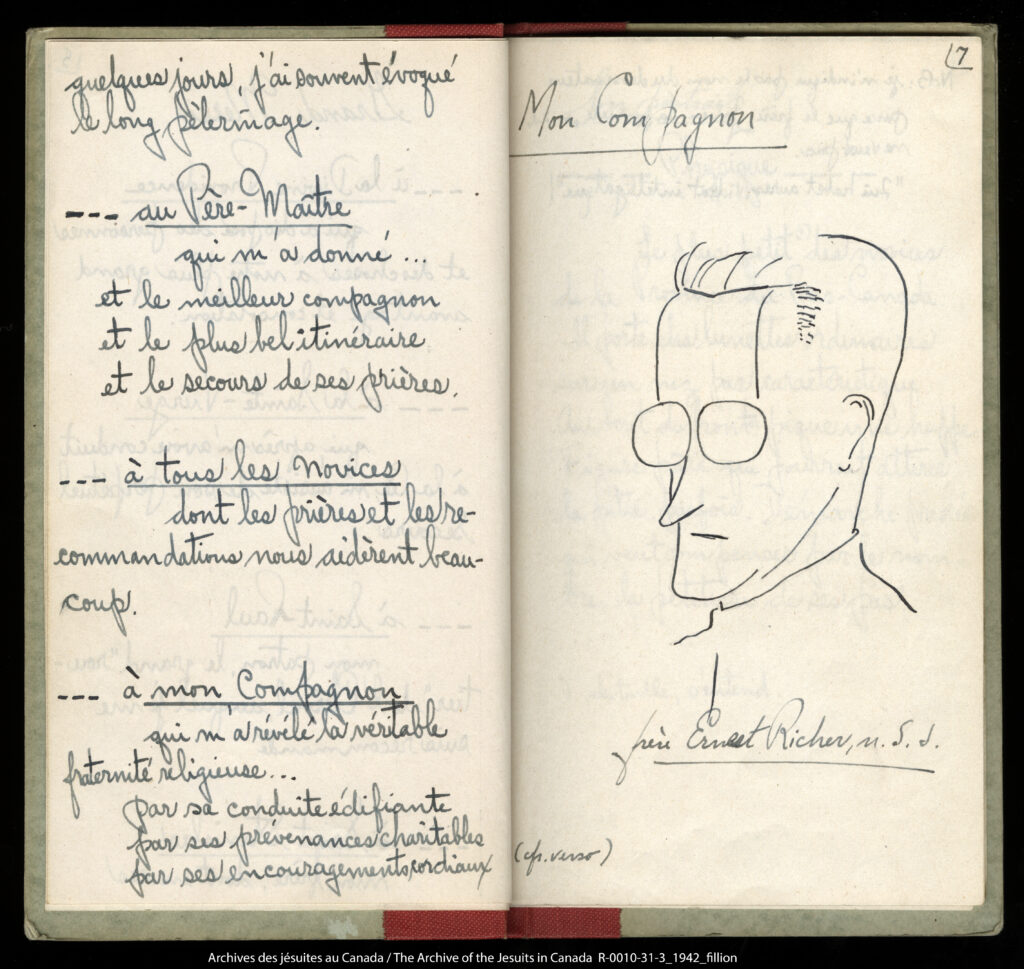The Jesuit Novices were sent on an itinerary that was predetermined by the Master of Novices. They were not necessarily – in fact, rarely – going to a shrine, often doing a circuitous route in the countryside bringing them back to a novitiate after a month. The number of Jesuit novices undertaking the pilgrimage from the Montreal novitiate varied significantly over the years. For the first forty years, it was mostly in the single digits, but would average close to twenty by the 1920s, and reached an all-time high of 38 pilgrims in 1935.

The pilgrimage happened around May or June in the first year of novitiate. Novices had done previously the monthlong retreat of the Spiritual Exercises, and the weather was more forgiving; the snow had melted, and the hot summer months were ahead. The pilgrimage was for those young men a first extended stay outside of the cloister and its careful institutional rhythm. Aside from some rules, and the companionship of a peer, they were given space to exert responsibly their freedom and live out their budding religious identity.
With little warning but great expectations, novices were sent two by two, in pairs announced on the day of the departure. A ritual marked their sending: blessing of the crucifix and staff at the chapel, prayer to the Virgin Mary at the grotto in the garden, then hymns sung while the second-year novices were watching the pilgrims leave the premises. Wearing their cassocks, pilgrims were generally to travel by foot on a predetermined itinerary. They usually only knew of the next stop, since they received a little notebook with glued pages, peeling off a page once a destination was reached or a task accomplished. The program included the place to go, but also people to pay a visit to along the way or once arrived at their expected destination. The novices were usually to spend a few days in a given place, before moving forward. They would stay in the parish rectory, if the pastor had work to entrust to them – in the garden, the rectory or at the parish. Pastors were sometimes expecting the passage of the novices, either explicitly or implicitly, as it became an annual event around the same time of the year. In case no one would receive them or have work for them, pilgrims were to go to the following place on their itinerary.